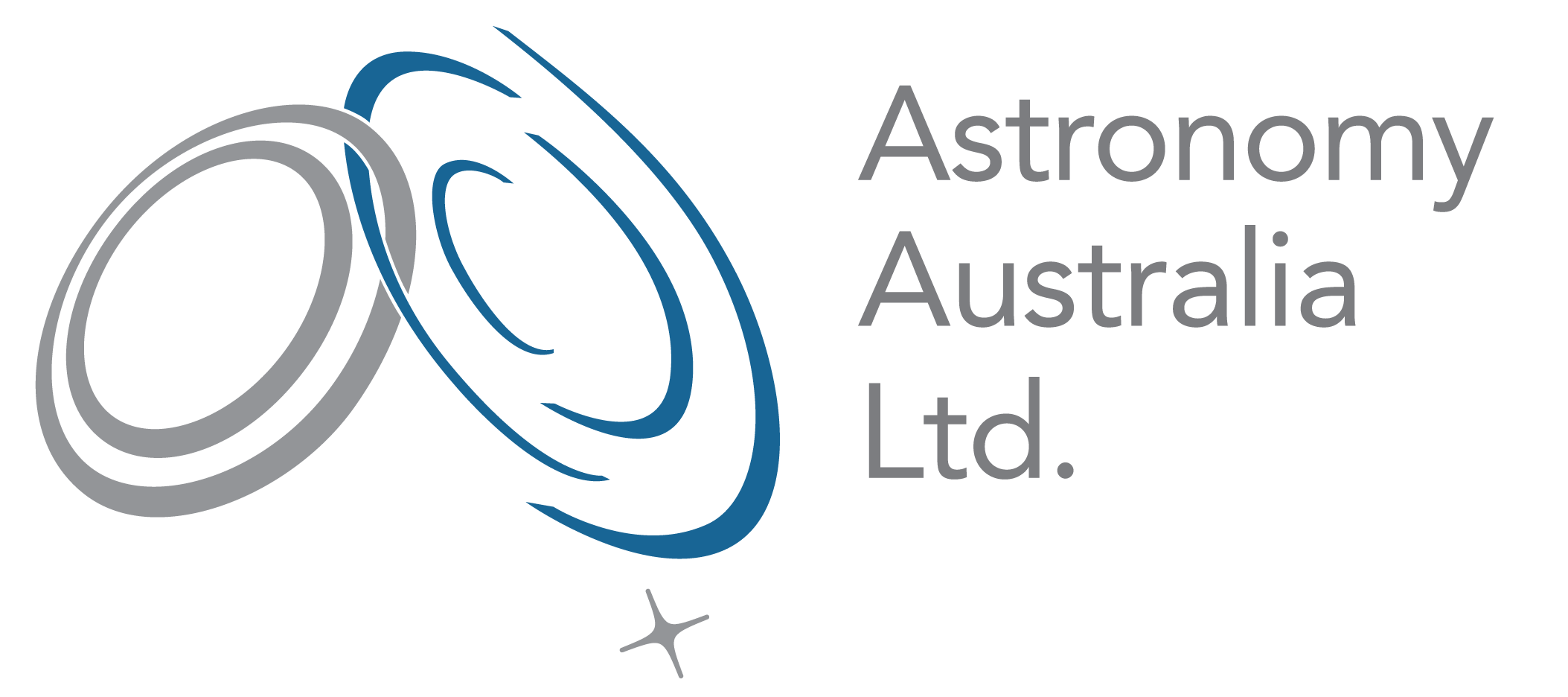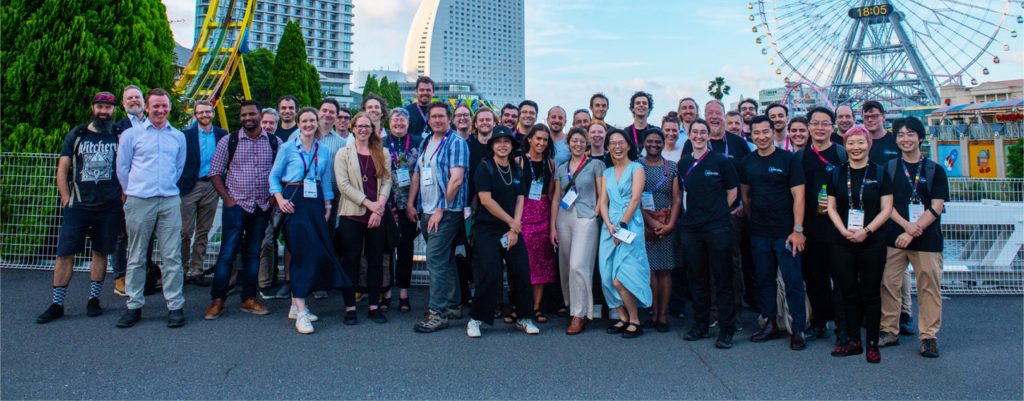Astralis Instrumentation Consortium (Astralis) – formerly Australian Astronomical Optics (AAO) – is a dedicated, national optical astronomy instrumentation capability, formed by three Australian universities with the support of AAL via NCRIS funding.
Encompassing the existing instrumentation capabilities of the previous Australian Astronomical Observatory, Astralis comprises the following parties:
- Astralis-AAO (Macquarie University partners through the AAO Department within the Faculty of Science and Engineering).
- Astralis-AITC (The Australian National University partners through its Advanced Instrumentation Technology Centre (AITC) within the Research School of Astronomy and Astrophysics).
- Astralis-USyd (The University of Sydney partners through elements of the Sydney Astrophotonic Instrumentation Laboratory (SAIL) within the School of Physics).
The Consortium was formed in 2018 and is currently working on several major instrumentation projects for international telescopes and facilities. AAL is no longer part of the consortium, as of 7 March 2024, however still maintains its support of Astralis via NCRIS funding.
Astralis at SPIE 2024
The SPIE Astronomical Telescopes + Instrumentation conference was held in Yokohama, Japan in June 2024. This is the most valuable technical event for ground-based, airborne, and space-based telescopes, and their supporting instrumentation, allowing researchers and engineers to share advancements, discoveries, challenges, and project updates with colleagues from around the world.
Astralis had a wide representation at the event with over 50 Astralis members in attendance, over 20 talks delivered, and over 20 posters presented to the community. Astralis members took this opportunity to network and exchange experience with international collaborators and global suppliers.
Wide-field Spectroscopic survey Telescope (WST)
Astralis-USyd has two work packages that feed into the initial design study and then the 3-year conceptual design study for the proposed WST. During 2023/24, the team at Astralis-USyd developed new international collaborations with members of the European WST fibre and fibre positioner teams who are very keen on the results of the Astralis-USyd work package. There has also been significant interest in the results of this work from other fibre instrument teams working for large observatories in the US and around the world who are keenly following the progress of Astralis due to their own requirements – regular meetings will take place to maintain communications over the next period. The team at Astralis-USyd have interacted and shared work with them and subsequently discussed progress face-to-face at the SPIE meeting in Yokohama and also during online meetings. This highlights the cutting-edge nature of the work being performed by Astralis in Australia.
GLINT
The GLINT (Guided Light Interferometric Nulling Technologies) instrument is part of the core of the high-angular resolution imaging project at Astralis-USyd, in collaboration with the Subaru Telescope and ESO. GLINT is a pathfinder instrument that will be used to detect sub-stellar companions directly – objects orbiting a host star that do not have enough mass themselves to fuse hydrogen in their cores – therefore they are not considered ‘stars’.
In January 2024 the instrument was successfully installed on the Subaru telescope. Remote software integration was completed in March. The design of GLINT work included several pioneering developments, some of which have gained considerable interest from groups in Europe and the U.S.
The instrument will be available for observations in the second half of 2024 which will enable astronomers to carry out a science survey to probe the inner regions of nearby star systems.

